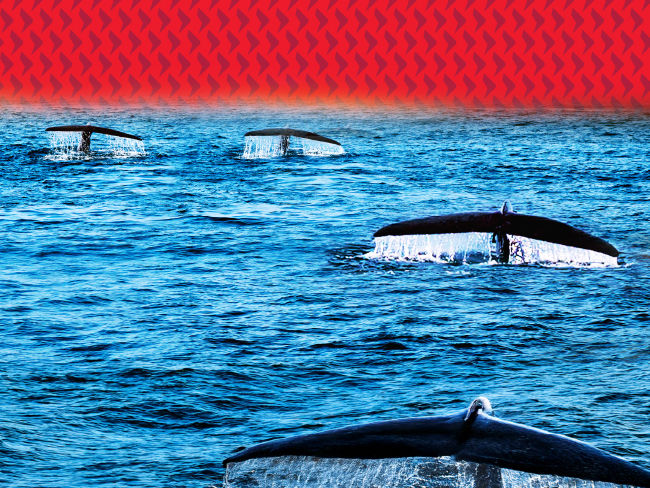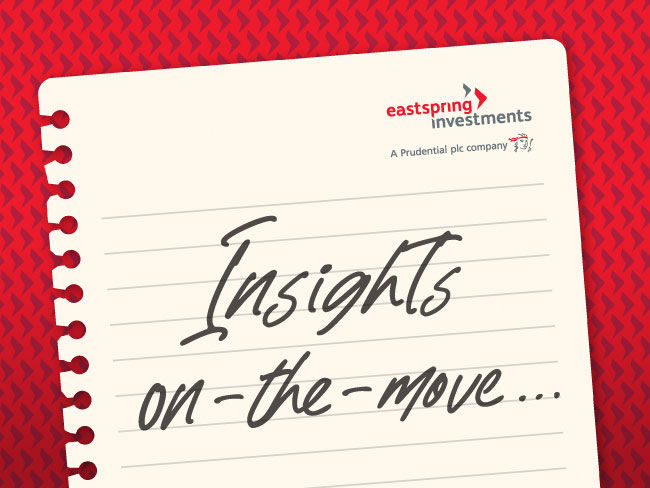We have a distinguished history in China. Our award-winning bond team started investing in offshore China bonds as early as 2002, while the equity team has managed Greater China equities since 2005.
The complexity of the China A share market and its many unique characteristics mean that a detailed understanding of the market, its nuances and macro policies is needed to identify the best opportunities. Our Shanghai-based research team provides extensive company knowledge and research experience, helping us to deliver differentiated investment performance to investors. Our on-the-ground presence provides us with deep insights into the local market, enabling us to come up with alpha-generating investment ideas. The distinct sector specialisations within the research team help us uncover hidden champions, beyond the traditional large cap companies.
Our China A Shares Growth Strategy’s lead investment advisor has 22 years (as of December 2022) of investment experience in the China A-share market; one of the longest tenures in the region. Together, the team is able to navigate the fast-moving and highly complex market for investors.
For more information on how to invest in these strategies, contact us here.
















